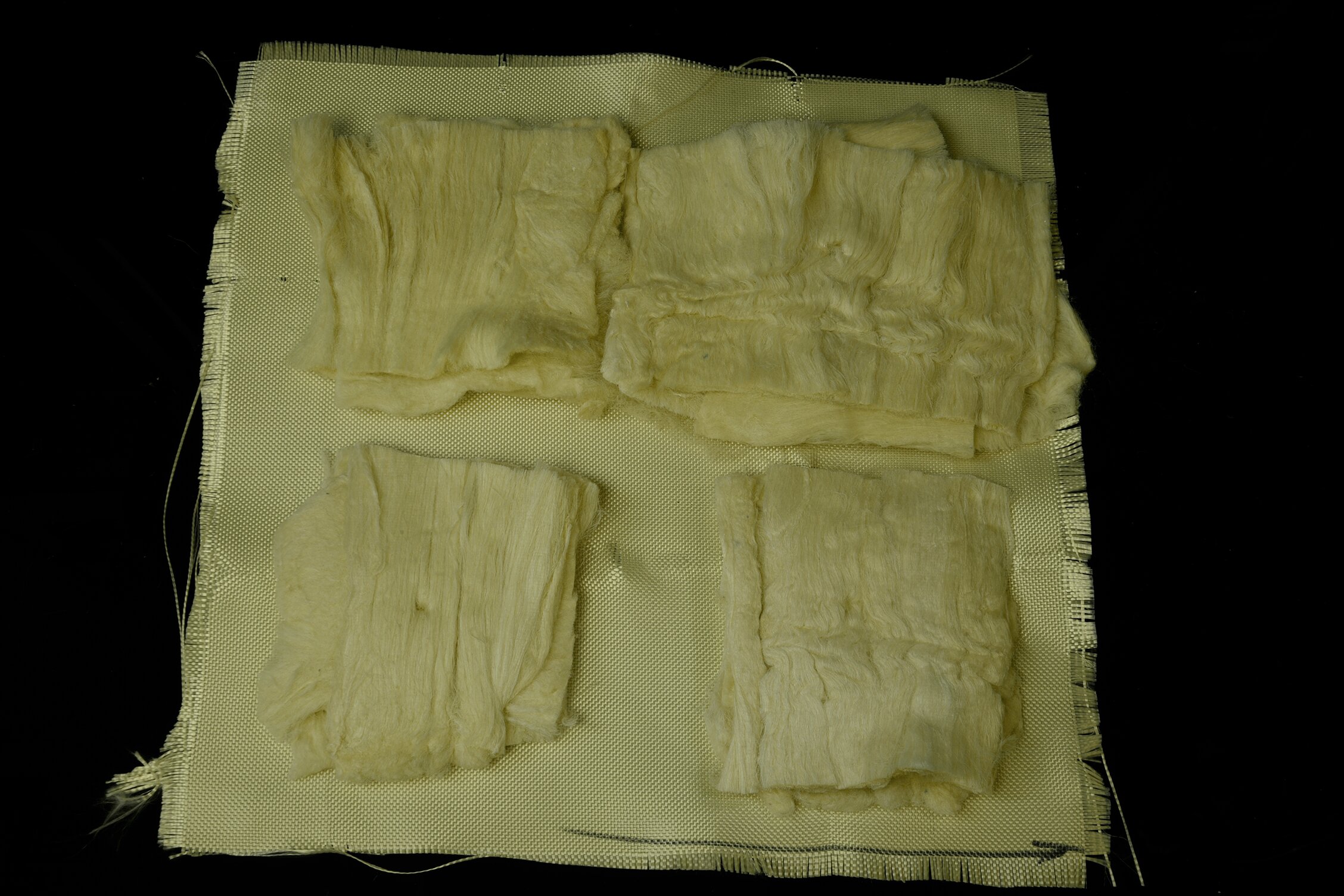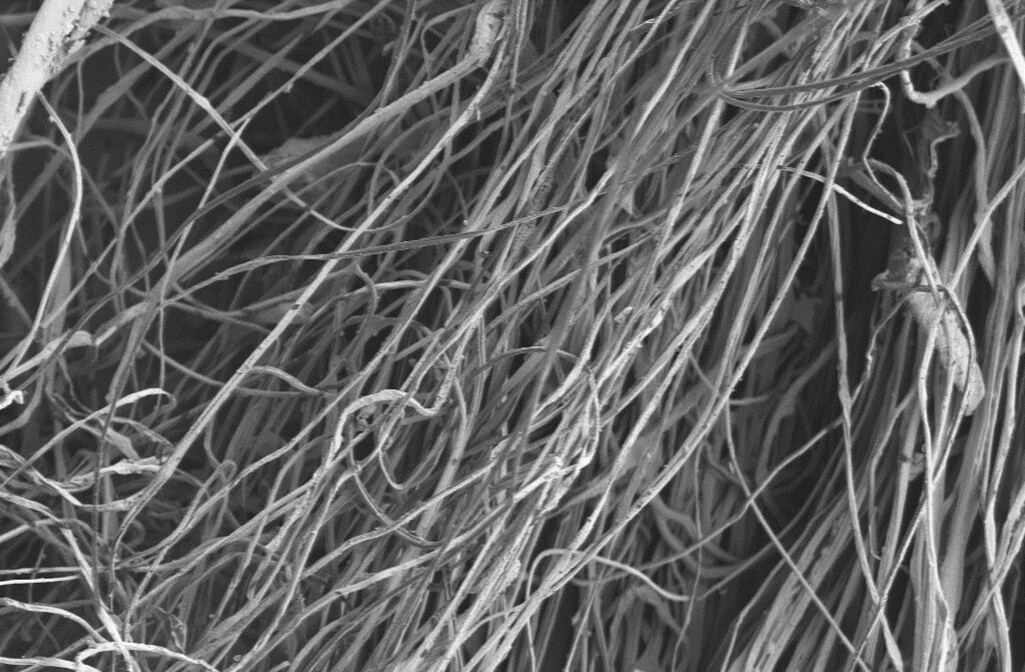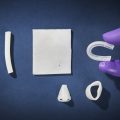
Researchers have developed a new fiber for body armor that is capable of stopping bullets, shrapnel, shrapnel, and withstanding extreme high temperatures without restricting a soldier's mobility.
Since the end of the First World War, more soldiers have died in battles from explosions than fromCurrent materials are good at protecting against eitherballistic threats, or from thermal effects, so the equipment usually consists of several layers, which makesits heavy and makes it difficult to move.
A group of scientists from Harvard University incooperation with the US Army and WestPoint has developed a new multifunctional nanofiber material that simultaneously provides reliable mechanical protection and high thermal insulation properties.
Researchers have been able to achieve this by creatingporous aramid fiber (Kevlar polymer) with an ordered molecular structure, which allows it to effectively withstand and distribute direct impact energy and limit heat diffusion.

For the production of the new material, immersion rotary jet spinning was used. Placing a liquid polymer solution in a tank and then pushing it out through a tiny hole under the action of centrifugal force.
As the solution exited the tank, it first passed through air, where the polymers elongated and leveled, and then entered a bath of liquid to remove the solvent, precipitate the polymers, and cure the fibers.As the bath also rotated, the nanofibers followed the flow of the vortex around a collector at the base of the device.
In the tests, a porous nanofiber was placed between sheets of woven aramid, and they stopped armor-piercing projectiles in much the same way as a stack of aramid sheets.At the same time, the new material provided 20 times more thermal insulation than commercial Kevlaror aramid.
</p>




